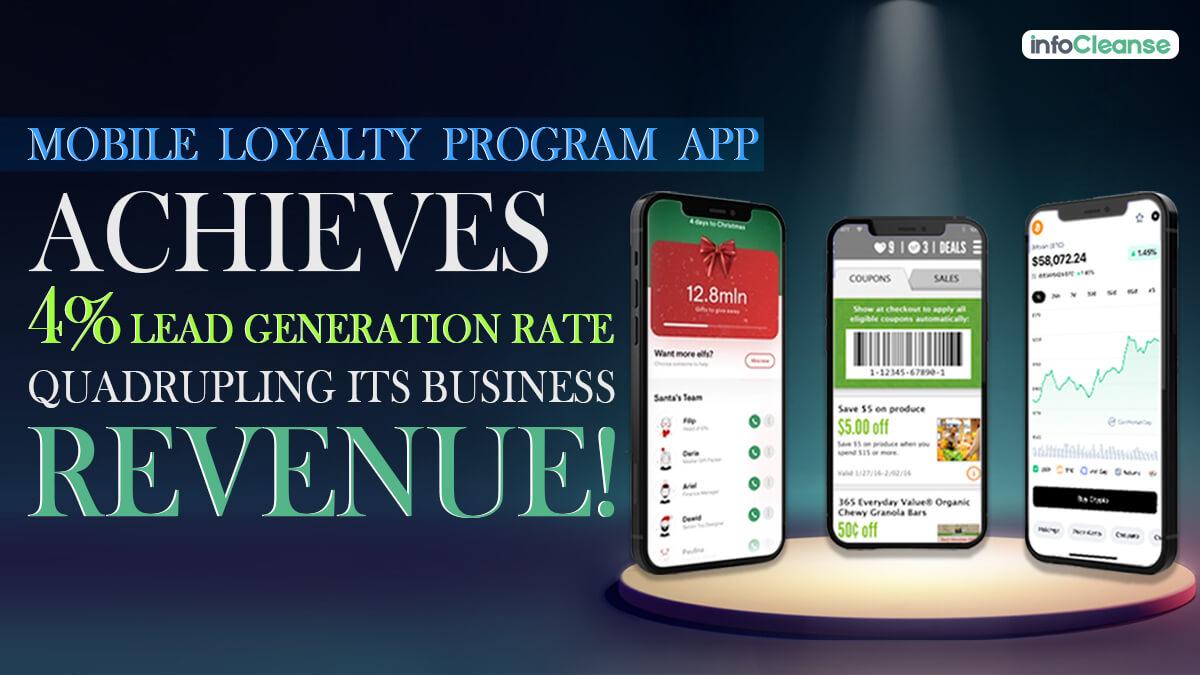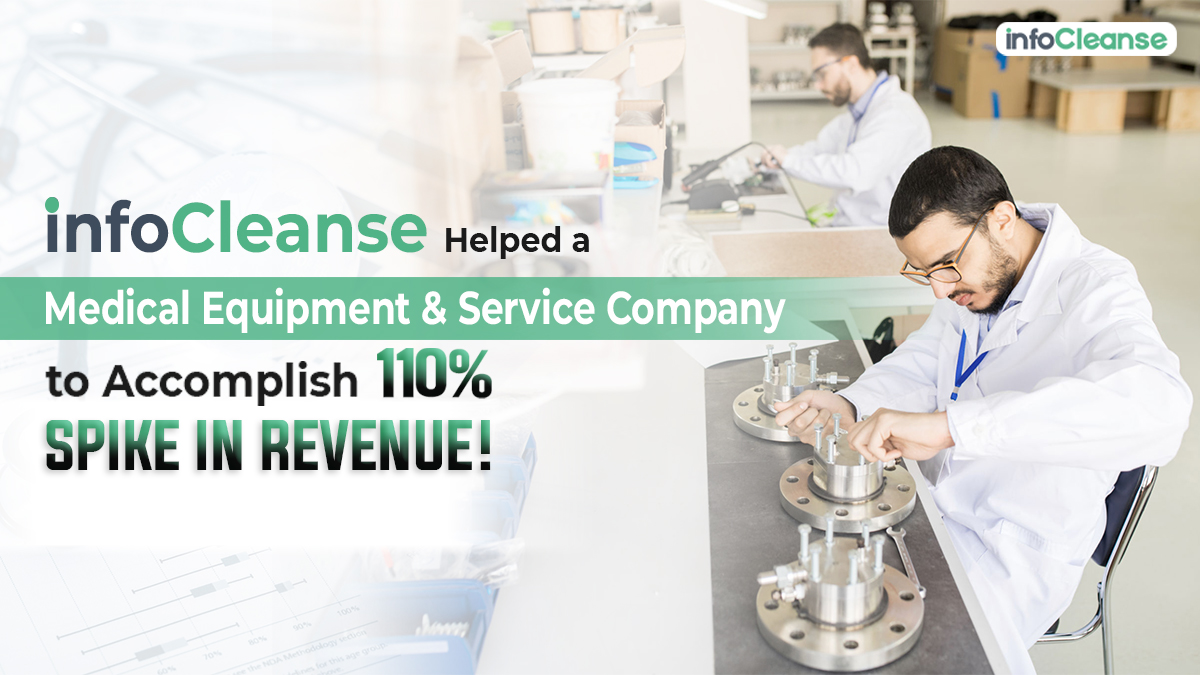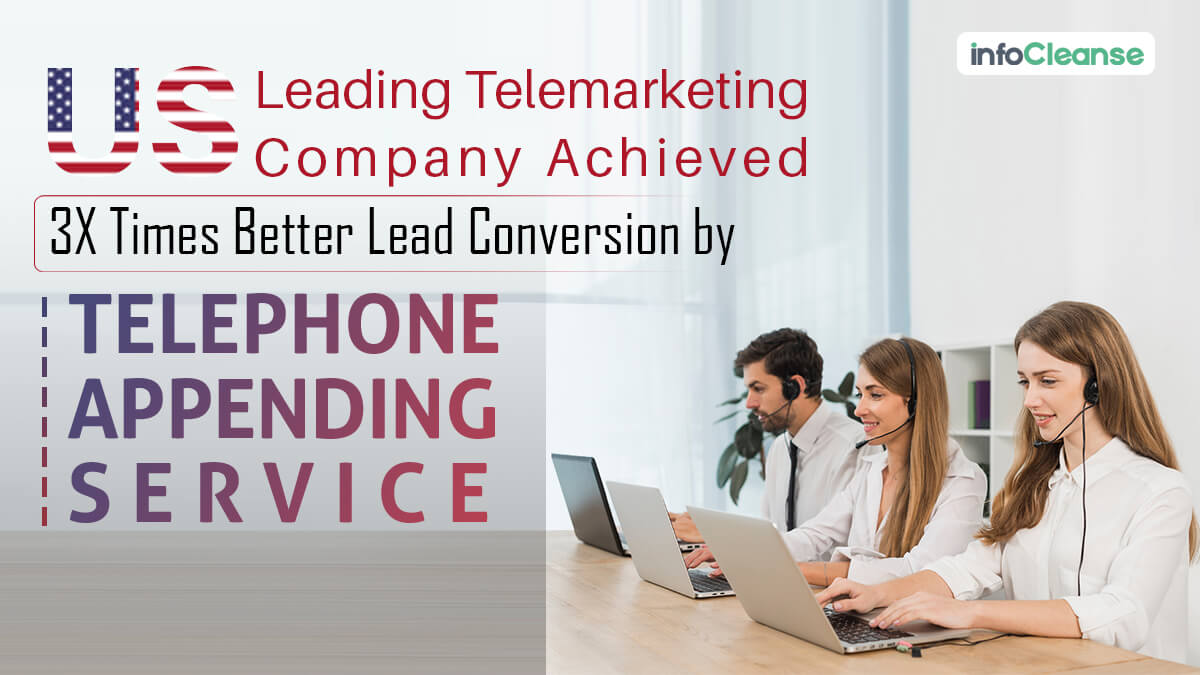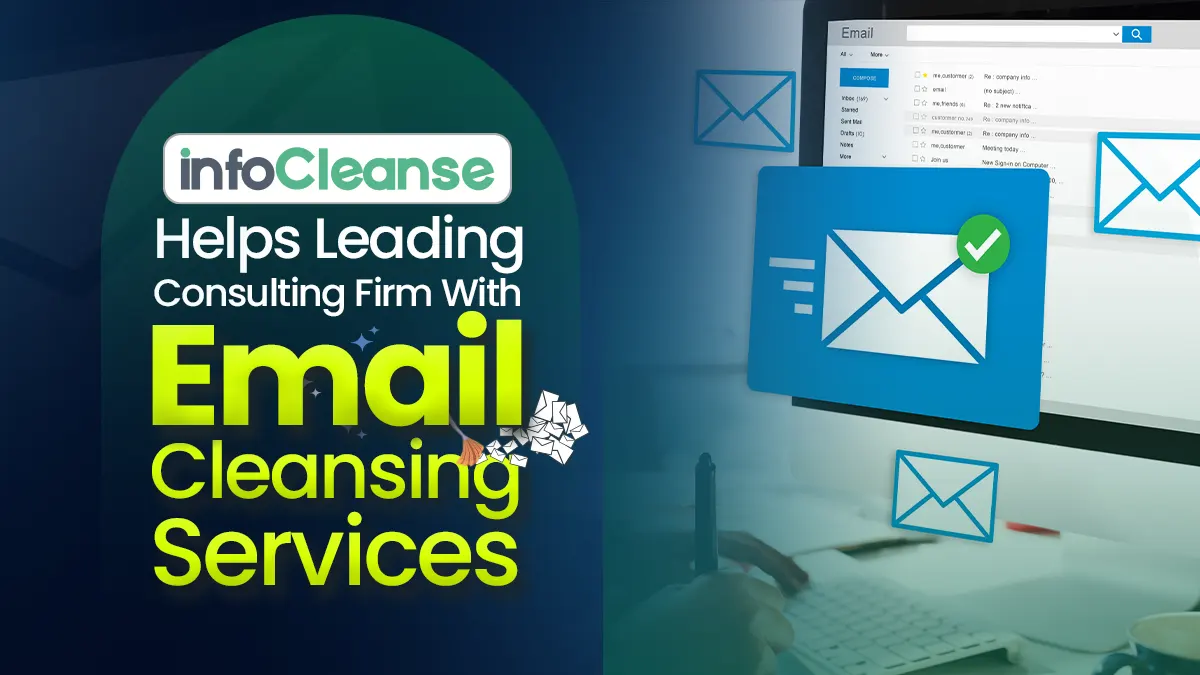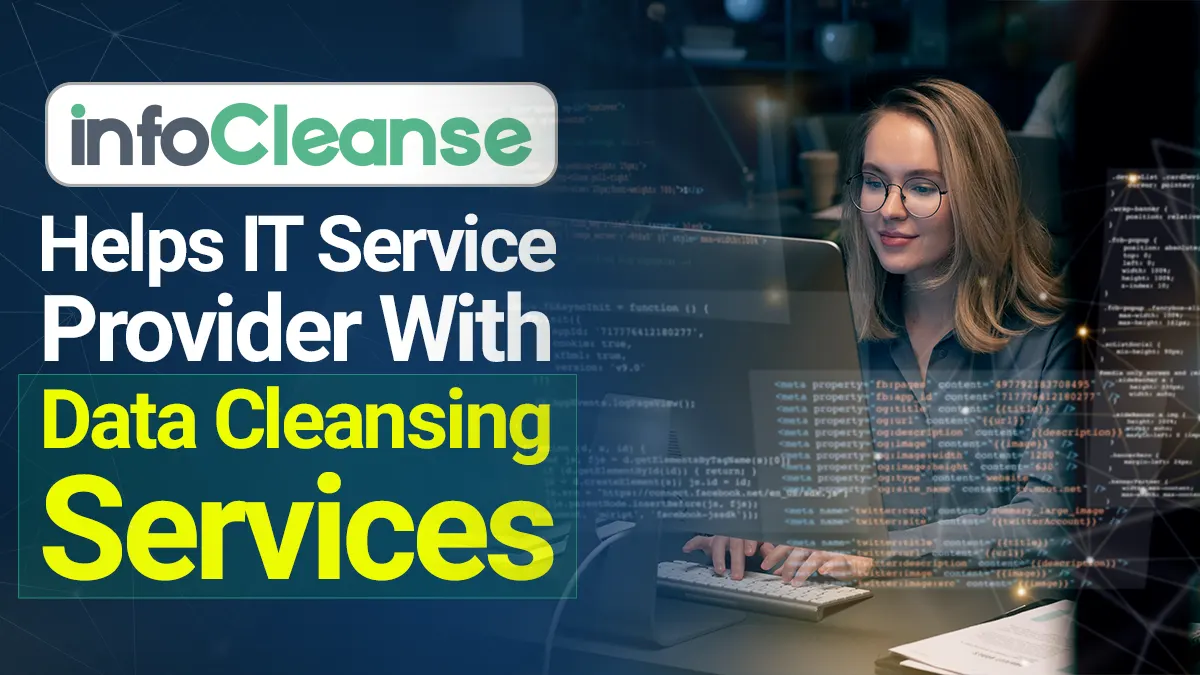Selling is not just an art, but a science where smart work and hard work must go hand in hand to win every level of your specialized pipeline.
However, about 40% of the sales representatives are unable to meet their quotas, as their dedication alone is not paying off. Being one of the stressful and tedious jobs, losing one’s ‘cool’ can be a matter of moments in sales, with back-to-back failed attempts and frustrations.
Furthermore, recent years have witnessed significant changes in buyer behavior and preferences. Amidst such instability, having a modern IT sales strategy that can solve the problems or achieve the goals users have becomes the need of the hour.
With the IT industry expected to reach an estimated market volume of $1.83 trillion worldwide by 2030, a promising future awaits businesses, offering higher sales and revenue growth. Staying competitive in this domain requires a clear sales strategy that aligns talent with knowledge.
This blog explores the concept of creating an IT sales strategy tailored to your business needs by examining the types, benefits, and top strategies to help you stay ahead of the curve.
Come, let’s dive deep.
What is IT Sales Strategy?
An IT sales strategy is a detailed plan executed by the sales team to sell the IT products or services to the intended audiences. It involves several key factors to effectively market and sell the technology solutions, such as defining the market, creating a sales process, building customer relations, and closing deals with follow-up. A well-established sales strategy can ultimately drive growth and revenue for the organization.
The primary objective of creating a sales strategy is to attract and secure new customers and to encourage them to purchase the business’s offerings. Regularly revising strategies is essential for adapting to new market trends, adjusting business objectives, and responding to evolving customer needs. But identifying which type suits best, according to your business characteristics, is integral.
Let’s understand the different types of sales strategies for IT that you can implement to gain greater outcomes.
Types of IT Sales Strategies
Based on how the initial contact is made with the customer, IT sales strategies can be mainly categorized into inbound and outbound selling.
1. Inbound Sales Strategy
This strategy encourages customers who are already interested in making a purchase to buy IT solutions or services, adopting a customer-centric approach. By creating valuable content and engaging with the audience, the likelihood of selling an IT product or service becomes high.
2. Outbound Sales Strategy
This selling involves taking the initiative to make purchases of products or services through cold calling or emailing customers from a list of leads. The approach identifies the potential customers, personalizes outreach, and ensures consistent follow-up to generate sales.
Apart from these, IT businesses can utilize the following strategies as a powerful tool for meeting various sales requirements.
3. Account-Based Sales Strategy
It involves devising strategies that focus on selling products or services to a specifically targeted group of customers. Instead of focusing on a broad audience, an account-based sales strategy enables the execution of personalized selling.
Looking for Data at Scale for Account-based Prospecting Needs?
4. Consultative Sales Strategy
In this strategy, the sales representative acts as an advisor rather than a salesperson, guiding customers to make informed purchasing decisions. By fully understanding the customer’s unique needs and choices, one can create a tailored solution.
5. Solution Selling Strategy
This strategy emphasizes a problem-led approach, rather than a product-led one, where the salesperson offers unique solutions for the problems the customers face. This highlights the value and benefits of the solution, rather than just showcasing the product.
Now that you have understood the different types of strategies, it’s time to learn why a robust IT sales strategy is necessary.
Importance and Benefits of IT Sales Strategy
So, how can having a strategic sales plan in place help your IT business thrive in the highly competitive landscape?
Here’s How You Can Build a Better Sales Pipeline.
A robust sales strategy becomes the backbone for turning your sales and marketing plans into revenue-generating and profit-driven initiatives. This detailed roadmap provides a clear idea of how to navigate the sales pipeline and helps you stay organized.
Let’s dive into the key benefits of having a sales strategy to gain a deeper understanding.
- Improved Sales Performance: When you have a good sales strategy, it’s easier to generate more sales and gain a stronger competitive position in the IT industry. By identifying the ideal customer profiles, conversion rates can be increased, resulting in higher revenue generation. Equipping sales representatives with the necessary skills and knowledge can improve their overall sales performance.
- Enhanced Operations and Productivity: The clear clarity in sales strategy can help the team perform better, identify the loopholes or setbacks that drag them down. This provides them with a distinct vision of what needs to be done and how to accomplish it. When productivity increases, overall sales operations will also increase, driving more sales and business growth.
- Better Customer Understanding: Knowing customer needs can be a key differentiator for boosting sales. Through personalized strategies, salespeople can engage with customers in a way that fosters stronger and powerful relationships. By understanding their concerns and suggesting products accordingly, one can not only sell but build a stronger and lasting connection with the audience.
- Improved Resource Allocation: Optimizing the use of sales resources, such as marketing materials, digital tools, and the collaborative efforts of the sales team, can increase the effectiveness of closing more deals. Strategically allocating the required resources for a targeted sales approach can help prioritize a particular niche and minimize wasted efforts.
- Better Data-Driven Decisions: With the digital era, relying on data-driven decisions has made room for accuracy, eliminating the need for working by guesswork or intuition. Thanks to business intelligence tools, which have made evidence-based approaches possible. This way, salespeople can better understand their customers’ needs and analyze how to approach and effectively sell their products or services.
Thus, having a robust IT sales strategy not only helps align sales efforts with business objectives but builds enduring and meaningful relationships with customers.
Did You Know That Aligning Sales With Marketing Strategy Can Help You Win Faster?
Top 10 IT Sales Strategies for Business Growth
Being a vast and volatile domain, the IT industry has seen numerous evolving trends, capitalizing on technology that has gained rapid momentum in almost every industry. Selling in such a space becomes not just hard, but a matter of existence, where the fierce competition from all sides spikes furiously.
Before going further, it is essential to understand the various IT products and services that businesses offer.
Its offerings typically encompass products that comprise hardware, software, and firmware, while the services include cloud, cybersecurity, managed IT services, and more. Based on each offering, the sales strategy and the target audience differ, as the value propositions and needs vary.
The product-focused IT sales strategy highlights the features, technical benefits, or the tangible elements of the product. Whereas, a service-focused sales strategy usually employs a consultative approach, emphasizing the value delivered and addressing key customer pain points. Unlike physical products in hardware sales, software sales cycles are lengthy, involving multiple stakeholders.
As the audiences differ significantly for both, devising a smart hardware and software sales strategy can be challenging. To help you with this, here are the top 10 IT sales strategies to ensure your business doesn’t get lost in the crowd and spearheads growth.
1. Research and Identify:
The initial phase of creating a sales strategy for IT involves researching market trends, audiences, and competitors’ performance. Furthermore, there is no better way to build a successful strategy than by identifying the challenges and formulating a suitable solution. Serving as a foundation for creating a strategic sales plan, these measures help establish a better outlook on the sales cycle and the methodologies that the sales team can easily follow.
2. Focus on Inbound Selling and Solution Selling:
Having customers who have already shown interest in your IT solutions or services is more effective than targeting those who haven’t. They are easier to persuade, and when combined with the solution selling process, the chances of conversion even rise. Utilize high-quality leads with a client-centric approach and prioritize an understanding of buyer needs to offer a tailored solution.
3. Leverage Digital Tools and Content Marketing:
The optimal choice for connecting with potential customers is to utilize digital tools and implement effective content marketing strategies. Using CRM systems, lead generation tools, and sales engagement platforms, the modern buyer journey can be easily understood. Adopting AI can further streamline the processes, both from the business and buyer side. Additionally, with educational and SEO content, you can attract qualified leads and establish yourself as a thought leader in the industry.
4. Take a Multi-Channel Approach:
Using different platforms to approach prospects for selling opens doors to higher conversions, better interactions, and increased brand reach. This approach commonly involves selling through websites, social media platforms, email marketing, cold calling, and other methods. Through credible and engaging means, one can easily convert leads into purchases.
5. Tell Your Story Effectively:
Building a strong brand reputation, deeply rooted in trust, becomes the essence of any successful business trying to sell its offerings to potential customers. Utilizing technology for narrative and storytelling techniques can create a greater impact than traditional approaches in connecting with customers. Highlighting the value and simplifying intricate IT concepts are great ways to impress.
6. Network and Build Connections:
The primary goal of running a business is to establish meaningful connections with customers. Through constant networking and interactions, trust can be easily built. For this, social selling needs to be considered, where social media platforms can be leveraged to promote products, offer suggestions, or gather customers’ insights. Building a valuable clientele can be the key to business success, as it attracts more people to approach your business.
7. Listen to Customers and Provide Feedback:
Acting on customer feedback throughout the sales cycle enables you to analyze the sales approaches you have taken. Going beyond simply hearing words, one should make the customer feel heard and valued. These are not just ways to sell better, but ways to increase customer satisfaction and mark your IT business as a responsible one.
8. Leverage Data and Analytics:
Using information about customers, market trends, and competitors enables a deeper understanding of their needs. By segmenting customers based on purchase history, demographics, and other relevant information, businesses can tailor their approaches and generate a significant number of sales. Accurate and complete data can take your IT sales strategy in a better direction.
9. Offer Demos and Free Trials:
Showcasing the IT product or service’s features through a demo and offering a free trial allows customers to experience it firsthand, giving them the opportunity to understand the value and make informed purchasing decisions. Through guided experiences, trust can be built, increasing the likelihood of user activations and sign-ups. After all, if you are intending to make a purchase, who doesn’t like demos and free trials?
10. Prioritize Following Up:
Creating awareness about the product and persuading the audience is not the end of the line. Staying connected with the prospects and keeping the conversation going shows commitment and your interest in collaborating with them. Even after a sale, fostering a long-term relationship with the customer can bring opportunities for upselling or cross-selling.
Ready to witness the change? Now, creating an IT sales strategy that aligns with your business goals and objectives would be easier.
Wrapping Up
An IT sales strategy as a whole is about knowing what to do and what not to do to drive sales. Building trust and educating customers are paramount for selling any IT products or services in the evolving landscape. Rapidly learning market trends and continually training or educating the sales team can boost confidence in approaching customers, leading to improved sales results.
Without merely selling your offering, try suggesting products or services that help your customers work more successfully, where a satisfied customer can be the best business strategy of all. After all, it’s all about believing in yourself and adopting best practices by learning from the best, fostering a positive and growth-oriented sales mindset.























